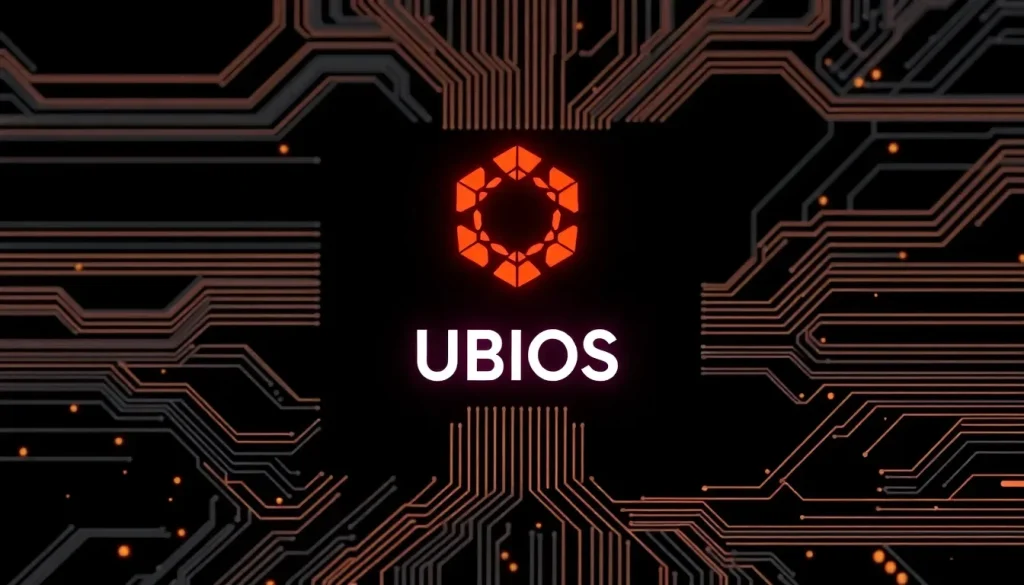China introduces UBIOS as the first independent firmware standard

In a groundbreaking move for its tech industry, China has unveiled a new standard for firmware that could reshape the landscape of computing infrastructure. The introduction of UBIOS, or Unified Basic Input Output System, signals a significant shift toward independence from established foreign technologies, especially those from Microsoft. This development not only reflects China's aspiration for self-reliance but also highlights the country's growing capabilities in technological innovation.
What is UBIOS and Its Significance?
UBIOS is a comprehensive, homegrown firmware architecture designed to support varied computing systems. It aims to establish a truly independent ecosystem for firmware, breaking away from reliance on the long-dominant UEFI (Unified Extensible Firmware Interface) standard. This new standard, identified as T/GCC 3007-2025, represents a major step in the evolution of firmware in China.
Historically, UEFI has been the backbone of modern computing, evolving from the legacy BIOS under the influence of tech giants like Intel and Microsoft. However, with the launch of UBIOS, China marks a milestone in creating a standardized, scalable domestic firmware solution, reducing its dependency on UEFI.
Notably, UBIOS has been developed by the Global Computing Consortium (GCC), which included contributions from 13 prominent Chinese technology firms and research institutions, such as Huawei Technologies and the China Electronics Standardization Institute. This collaboration underscores the collective effort within China to foster innovation and independence in technology.
Transitioning from UEFI to UBIOS
The UEFI standard has been prevalent globally for over two decades, primarily dominating the x86 architecture and gradually extending to ARM and RISC-V platforms. However, it has faced criticism for several reasons:
- Bloating: UEFI's codebase has been criticized for being unnecessarily complex.
- Inefficiency: Its integration into diverse computing architectures has been less than seamless.
- Dependency: UEFI's design is heavily linked to Intel’s and Microsoft’s frameworks, limiting its flexibility.
In contrast, UBIOS is engineered from the ground up to cater specifically to modern needs. It offers:
- Native heterogeneous computing support: Allowing different architectures to work together seamlessly.
- Distributed architecture: Enabling a more robust and flexible system design.
- Unified hardware management: Streamlining processes across various hardware configurations.
The Role of LoongArch in UBIOS
One of the key players in this transition is LoongArch, a Chinese instruction set architecture that is central to UBIOS's functionality. Designed to cater to the needs of modern computing, LoongArch integrates well with the new firmware standard, allowing it to support a range of applications and hardware configurations effectively.
The introduction of LoongArch alongside UBIOS is crucial for several reasons:
- Independence from foreign architectures: Reducing reliance on Western technologies and fostering a self-sustained ecosystem.
- Enhancement of computational capabilities: Optimizing performance for both consumer and enterprise applications.
- Growth of local tech industries: Encouraging domestic companies to innovate and develop products compatible with this new standard.
Implications for the Global Tech Landscape
The emergence of UBIOS is not just a technological advancement for China; it has potential implications for the global tech landscape. As countries increasingly seek solutions that align with their national interests, the UBIOS framework could inspire similar initiatives elsewhere. The desire for technological sovereignty is becoming more pronounced, leading to a competitive race for developing independent infrastructures.
In this context, UBIOS can be viewed as a strategic maneuver to enhance national security and economic independence. It exemplifies how countries can leverage technology to assert their autonomy and navigate the complexities of globalization.
Conclusion
As UBIOS gains traction within China, its potential for fostering a robust and independent tech ecosystem is becoming evident. This new firmware standard is not just a tool for computing; it represents a broader vision for China's future in technology. The shift away from UEFI could mark the beginning of a new era in computing, where nations chart their own paths in technological development.
For those interested in visual insights into this significant launch, check out this relevant video:
In summary, UBIOS is set to revolutionize the landscape of firmware in China, paving the way for innovation and self-sufficiency in technology. As the world watches how this new standard unfolds, it could prompt a reevaluation of global tech dependencies and inspire new developments in firmware architecture worldwide.




Leave a Reply